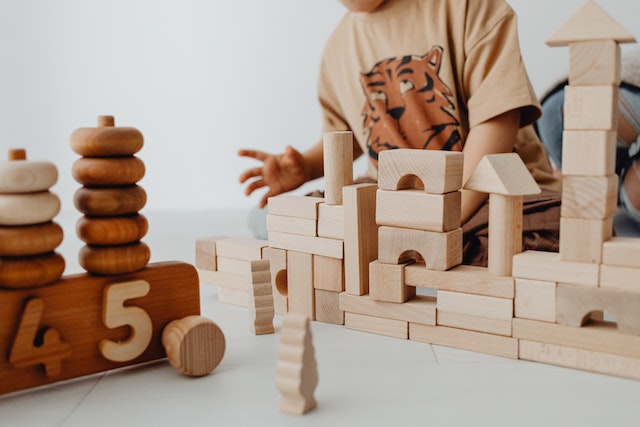If your past attempts to build a new habit have failed miserably, you are not alone. Most of us are on the wrong track while trying to develop new habits. We rely too much on our willpower or motivation to somehow miraculously drive us toward building the habit. Sadly, that’s not how it works.
The good thing is that you can switch your new habit formation process using a practical approach. You can now build new habits using the perfect, easy, and no-stress way called habit stacking. Let us dive deeper into what habit stacking means and how you can use it to transform your life.

What is habit stacking?
The term habit stacking was first used by author SJ Scott in 2014 and was further popularized by Atomic Habits author James Clear. The technique of habit stacking means connecting your new habit to something you already do regularly. It is the process of harnessing the power of small regular habits to develop bigger habits.
By creating a cluster of small behaviors, you can create mental shortcuts to a new set of actions that can lead to a much healthier and more successful behavior pattern.
How does habit stacking work?
The process of habit stacking simply works by attaching or stacking a new habit to an already existing habit.
For instance, you can start the new habit of meditating daily by stacking it with the habit of preparing your breakfast every day. Or you can start making a list of things you are grateful for by mentally recollecting them during the time your brush your teeth.
When you link a new habit to an existing one, you can easily incorporate it within your routine and live it out in practice. For instance, if you want to run a marathon on, putting on running shoes and taking them off could be a tiny little habit. Now you can add two minutes of running to the routine and eventually build it from there.
Read more: Self-Care Planner – Uptick Your Self-Care Habits.
How to start habit stacking?
The first thing you need at the start of the process is a clear idea of what habit you want to build and why. For example, if you want to start the habit of exercising daily, you need to be clear about what the reason is, like losing weight or getting into a healthy lifestyle, etc.
It is important for you to have a clear picture of what habit you want to develop and the benefits associated with it before you start the process.
In the next step, you need to figure out when you want to perform this habit and stack it with an already existing habit around that time. And you need to be super specific about it.
For instance:
- “I will make my bed after I brush my teeth.”
- “On my way to the office on Monday, Wednesday, and Thursday, I will go to the gym.”
- “I will read 20 pages of a book after I finish my evening tea.”
Do you see how the process works? You stack the process on top of an already existing habit, and you will know exactly what to do.
Read more: Good Mental Health Habits
Benefits Of Habit Stacking
Habit stacking can make your regular life much more productive by making small additions and amplifying your existing routines. Rather than starting the long and tiring process of building a habit from scratch, you can make positive additions to your existing habits and bring immediate and effective changes.
The beauty of the process of habit stacking lies in the fact that you can take advantage of habits that have already been established in your life, so much so that you don’t even recognize them as habits now. Therefore when you cue these habits with newer ones, it is much easier for your brain to incorporate them into your life.
Conclusion:
Habit stacking is a technique of habit formation that can help you build new habits by harnessing the power of the existing ones. We hope with this idea, you are able to create healthy and productive routines in your life.
Atomic Habits by James Clear, who popularized the term ‘habit stacking,’ is filled with more such path-breaking techniques that can change your life. To read about them, click here.
To continue learning about mental health, subscribe to Your Mental Health Pal.

